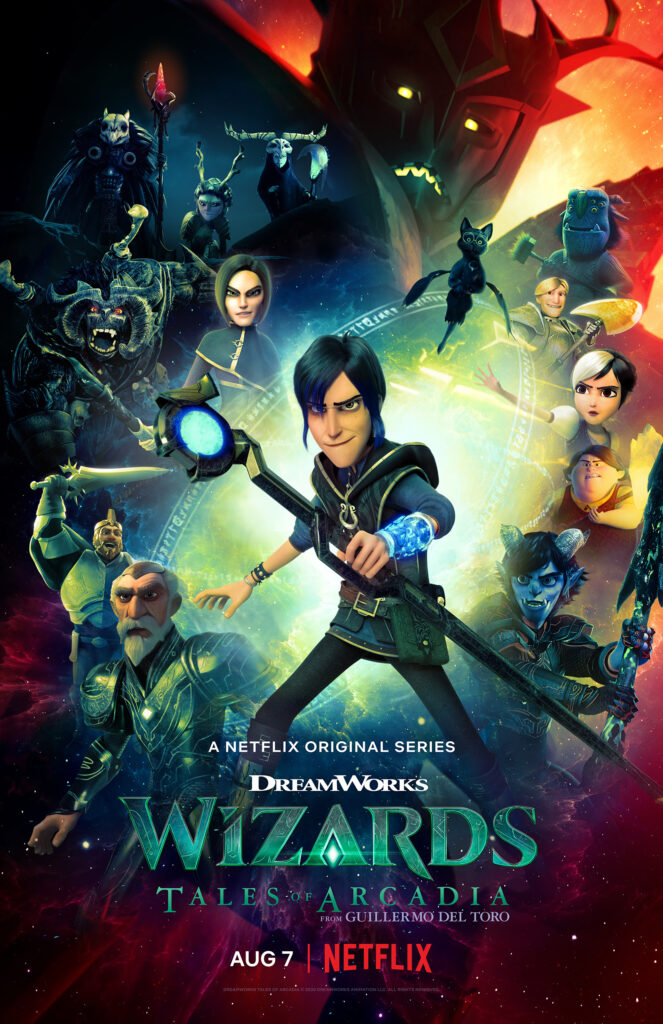
Like a lot of screenwriters, my freelance gigs have infrequently provided enough income to make a living.
To be able to do fun things like eat and pay health insurance, requires one to have an additional source of income…
aka – The Day Job.
Lucky for me, I took a few editing classes at NYU and got my hands on an early generation Avid at one of my first jobs.
This provided what some might call, “marketable skills.”
As a result, I’ve gone back and forth between writing and editing gigs throughout my career – often doing both simultaneously.
A few years ago, a friend at DreamWorks Animation reached out to tell me they were looking for an Assistant Editor that could work an evening shift.
Despite not having worked specifically as an AE, I had edited on enough low budget series – where you did everything from start to finish – to be pretty well qualified.
The unusual shift also seemed ideal, as it gave me time to write and take meetings in the morning, and then get to DreamWorks around lunchtime. All with a fifteen minute commute? Let’s do this thing.
The merry band of AEs I joined were working on the Dragons: Race to the Edge series, as well as a new show from Guillermo del Toro called Trollhunters. Eventually, Dragons wrapped and Trollhunters grew into the Tales of Arcadia trilogy with 3Below and the upcoming Wizards.
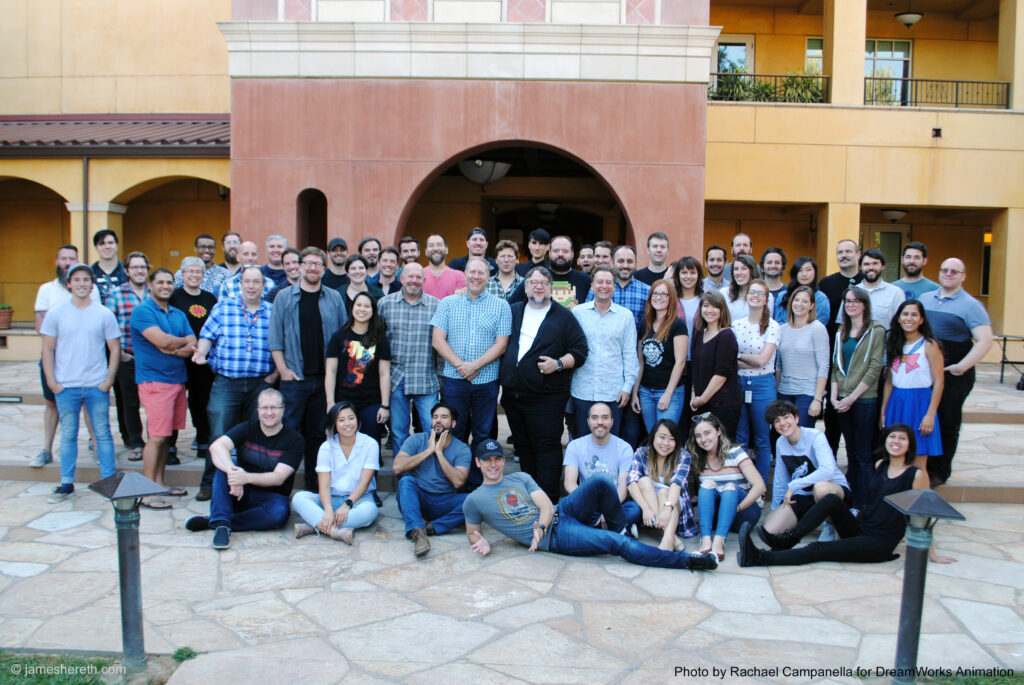
So what exactly does an Assistant Editor do? Well, that kind of depends on the project, of course, but in the feature-esque GDT series pipeline, we had a hand in almost everything that happened between script and streaming.
Moving Pictures
Once the episode script is written, it gets broken into sequences and storyboarded by one of several Storyboard Artists under the guidance of the episode Director.
Those boards are divided into three acts and then imported into the editing system (in our case, an Avid network, where multiple Editors and Assistant Editors can access the project simultaneously). These hundreds of still images are then used to build what’s called an Animatic.
An Animatic serves as a sort of workshop for the episode, utilizing storyboard drawings, dialogue, sound effects, and music, to shape and hone it before it moves to the animation stage.
Step one of the build is to time those boards to the scratch dialogue and action.
Fleeting Words
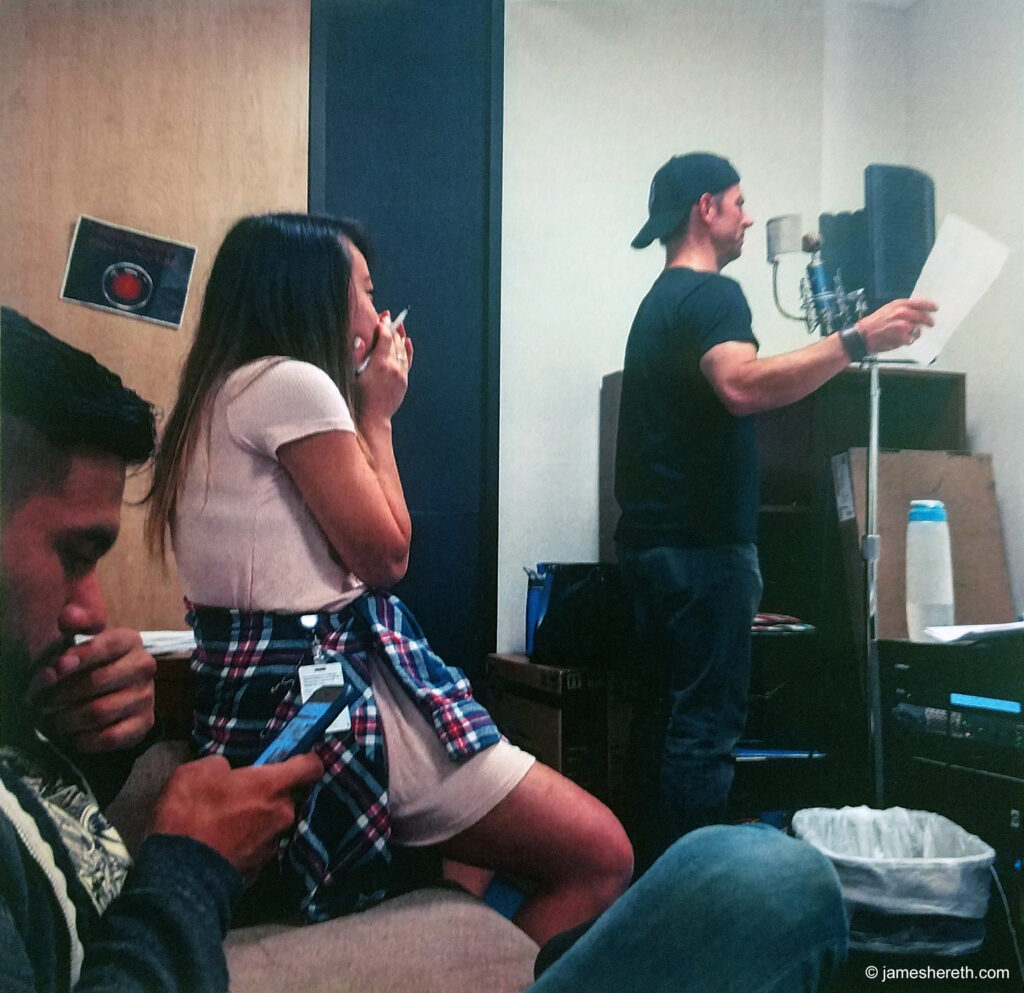
At the Animatic stage, the final voice cast has rarely recorded (and occasionally has yet to even be cast).
As a result, scratch is used instead. Scratch is basically temporary line reads performed by people on the crew and recorded by an Assistant Editor.
This could be anyone in the area who’s willing, available, and a more-or-less a passable actor.
We had a Compositing Supervisor who always played Jim, an Editor for Toby, Production Supervisor for AAARRRGGHH!!!, and I had the honor of being the go-to Steve Palchuk.
And Douxie. And Lanceleot. Also Galahad. Being in the office next to where most of the scratch was recorded really played to my advantage. Being a classically-trained ham sealed the deal.
Once the episode Editor was happy with the board timing and scratch selection, they would split up the acts with the AEs and we would get to work cutting in temporary sound effects.
That, in turn, would be followed with a temp score (sourced from a huge library of existing soundtracks) to really give the creatives and executives a good idea of how the finished product would play.
If you’d like to see a version of this process, you can click on over to a YouTube video called What Does an Animatic Editor Do? by R. Chett Hoffman and Stephen Leonard. While the tasks aren’t distributed quite the same as they are for the Tales of Arcadia, the general process is almost identical for this stage of the series.
Revisions. Followed by Revisions
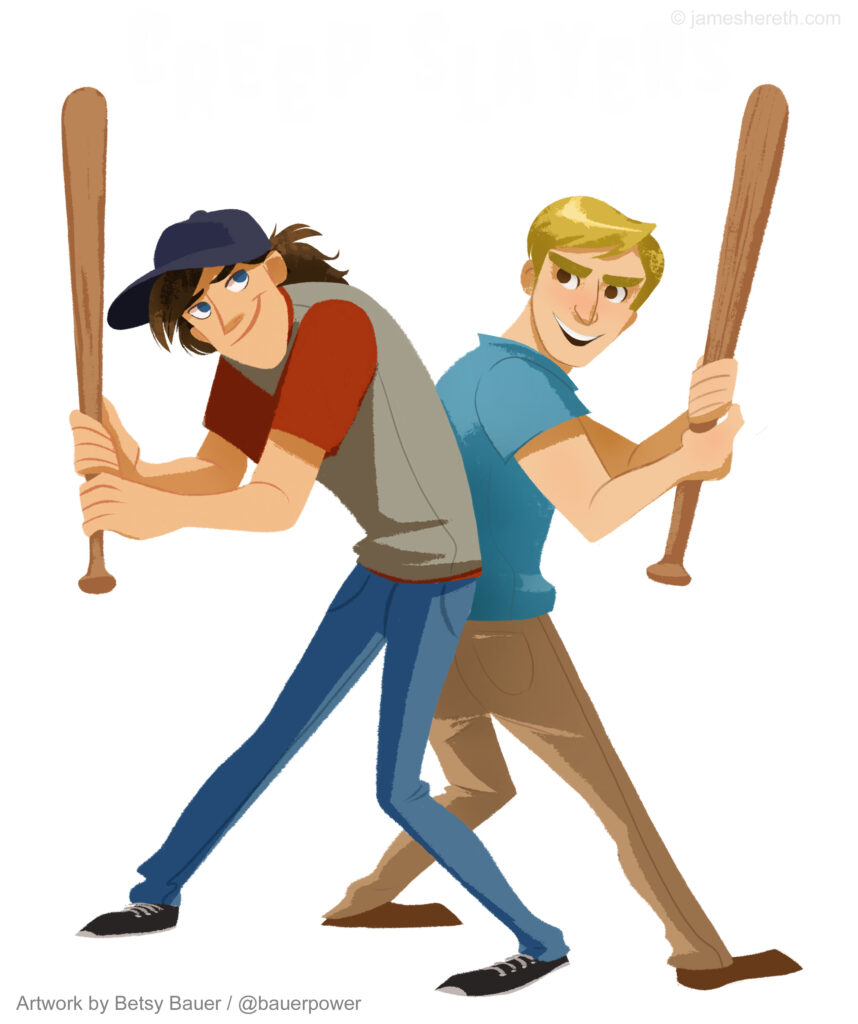
Once a version was complete, the Animatic would then run the gauntlet of Directors, Showrunners, Producers, and Executives.
Sometimes things that read well on the page didn’t play as well on the screen. Other times, watching a cut would inspire new and improved ideas (or at least different ones).
Either way, notes would follow, and then changes would follow that.
New storyboards would be drawn by a Storyboard Revisionist. New scratch would be recorded to match the new picture. Then it would all get put back together until everyone was satisfied and we had ourselves a locked Animatic.
Dimensionality
The next step for the show in general – and the Assistant Editors in particular – was something called The Publish.
Now the publish is a long and convoluted process. It would take an entire blog post just to explain how it works. But nobody wants to read that. I’m not even sure it’s able to be expressed in a language humans can comprehend.
Suffice to say it’s a way to get the locked Animatic divvied up multiple ways and into multiple pieces, put into a bin one AE refers to as the “Publish Burrito,” and ultimately sent to the overseas animation studio.
There, they use some sort of black magic to turn two dimensional pictures into three dimensional computer images using a program called Maya or possibly Rudolph (clearly this isn’t my area of expertise).
At the same time that’s going on, Production Dialogue starts getting delivered to the Assistant Editors.
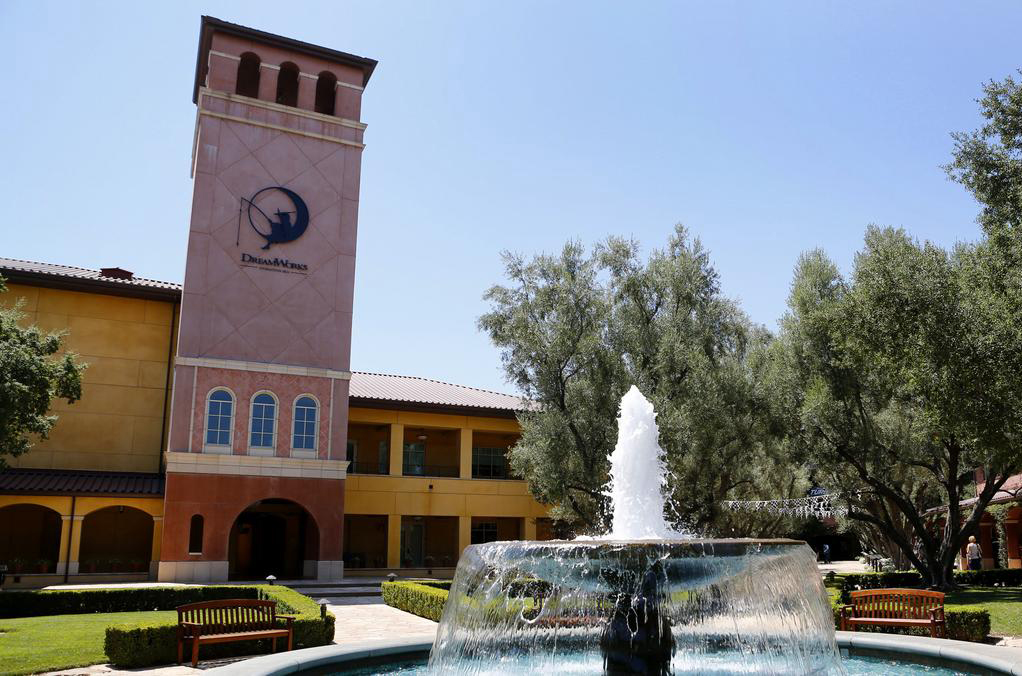
Production Dialogue is the name for the final audio performed by the professional voice cast and recorded by an engineer on a recording stage.
Sometimes that’s done at DreamWorks in Glendale, sometimes it’s done offsite in places like London or Mexico City.
Regardless of the place, a voice director is giving notes on the spot and helping give context to the performers to match the animation that’s being created.
We receive all those files and “process” them in the Avid by marking each take and creating subclips of the director’s favorites, known as Circled Takes.
Some actors read the lines almost exactly as written. Other riff to the point where you don’t know whether they’re improvising, or just having a conversation with the crew in the booth. Maybe ordering lunch.
This can lead to performance magic, but it gets tricky for the AEs who have figure out where each take starts and ends as they transcribe it into the system.
Building Blocks
The first stage of shots that get delivered from the overseas studio are called Layout, and are a simplified version of the computer generated characters moving through the virtual sets.
Once Production Dialogue is incorporated and timing adjusted, those rough clips go through a second publish, which eventually return shots with full action and lipsync. These we call Animation.
Tweaks are done to perfect the blocking and movement and make sure everything plays smoothly and clearly and hooks up from shot to shot to shot.
When all the creatives sign off, Animation is considered locked. This is when we send off the cut to the Composer to time their score, while the final shots are created overseas.
Runway Ready
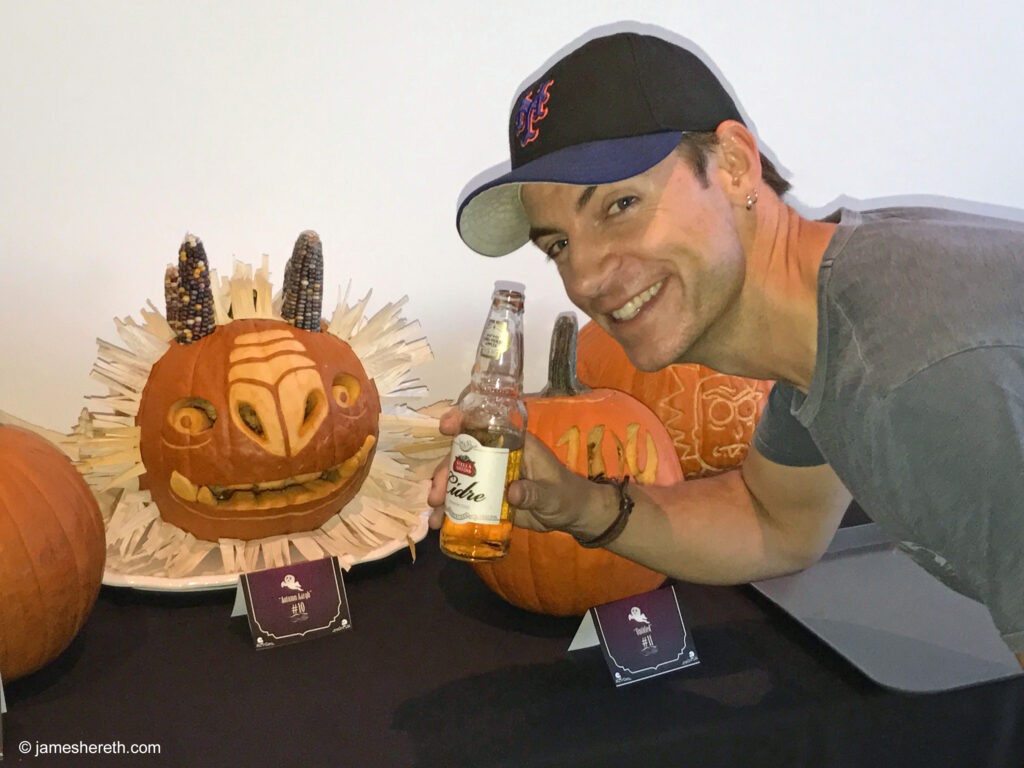
The final versions of shots are called Lighting and are the completed, textured, fully-rendered images that will make up the finished show.
As each shot is delivered from the overseas studios, AEs import them into the Avid project and align them over the animated versions of those same shots (which – in turn – are lined up over the storyboard versions).
Towards the end of this process, the final stereo and 5.1 surround mixes are sent back from the audio studio and we start to bring it all home.
At long last, a color correction pass is done and the whole thing goes through several quality control passes to check for errors like missing pixels, out of range color, and audio problems like off-sync dialogue or SFX.
Before you know it, your show is streaming on Netflix.
Simple, right?
But Wait, There’s More
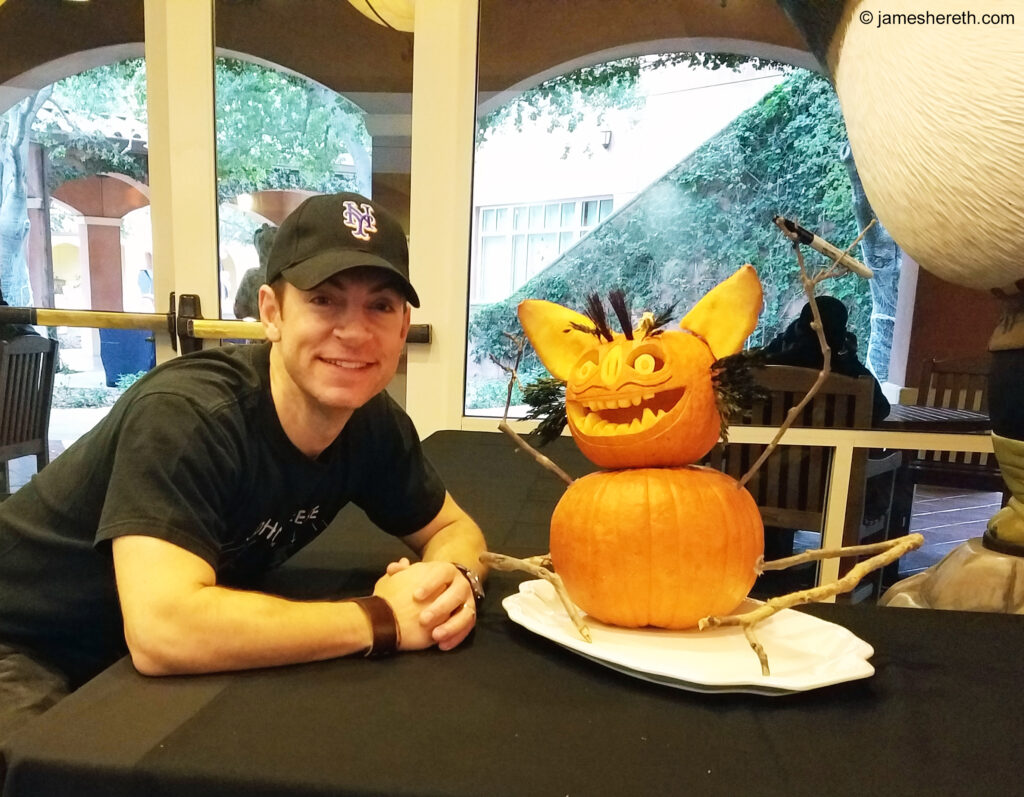
In addition to being able to pay bills, working for a studio like DreamWorks comes with a lot of perks.
On the job side, you get to spend time with a ton of talented and creative people.
As a writer, it’s great to get a peek into the processes of Story Editors like Kevin & Dan Hageman (Trollhunters), Ashley Bradley (3Below) and Aaron Waltke & Chad Quandt (Wizards).
True, it hasn’t led to a script assignment yet. But there’s always next week.
There’s also the occasional visit by talent, like Diego Luna taking a tour through the production offices, or Stephanie Beatriz sticking her head into the Assistant Editor bay to say hello. Did I mention Guillermo del Toro and Marc Guggenheim dropping by with frequency?
And of course, I need to mention the legendary free breakfast and lunch and an annual pumpkin carving contest at Halloween. As it happens, I’ve been an award winner for four years running. There’s a hyphenate most people don’t expect.
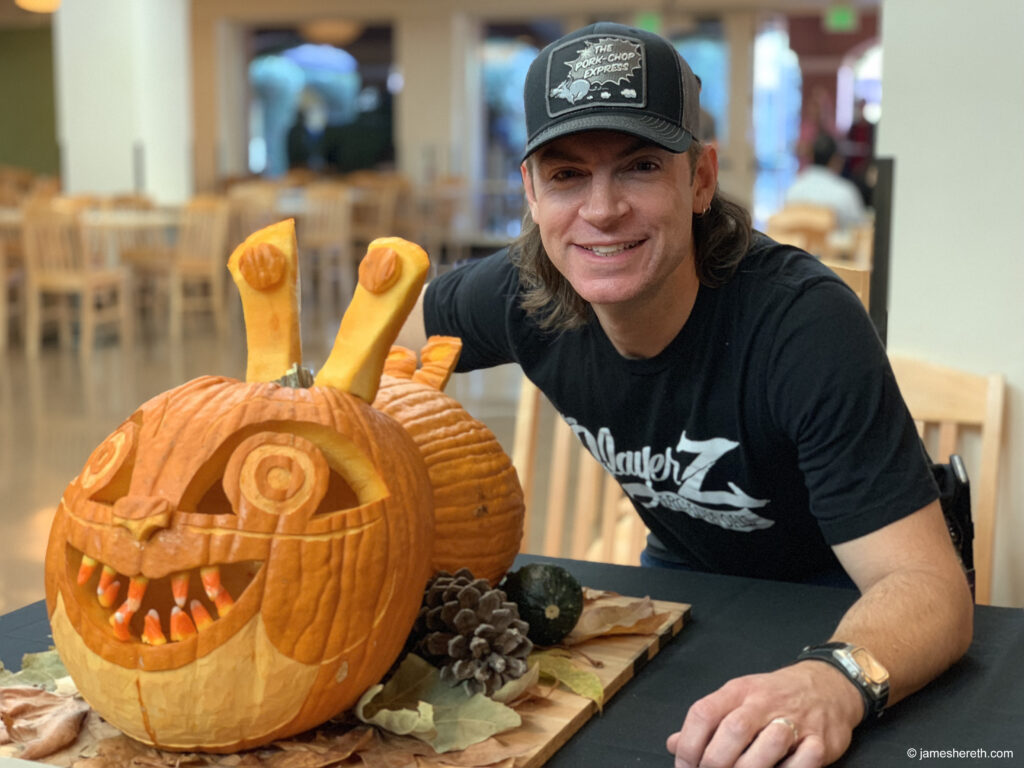
That being said, it’s not all fun and games. It’s a good job, but it’s still hard work. Crews put in long hours, deal with relentless deadlines, and push hard to outdo themselves season after season.
So check out the fruits of our labor as Wizards drops on Netflix this Friday, August 7th. It’s kind of awesomesauce.
In the meantime, you still have a few days to get yourself up to speed and in the zone, starting with 52 episodes of Trollhunters, and 26 of 3Below.
Get cracking!
________________________________________________________
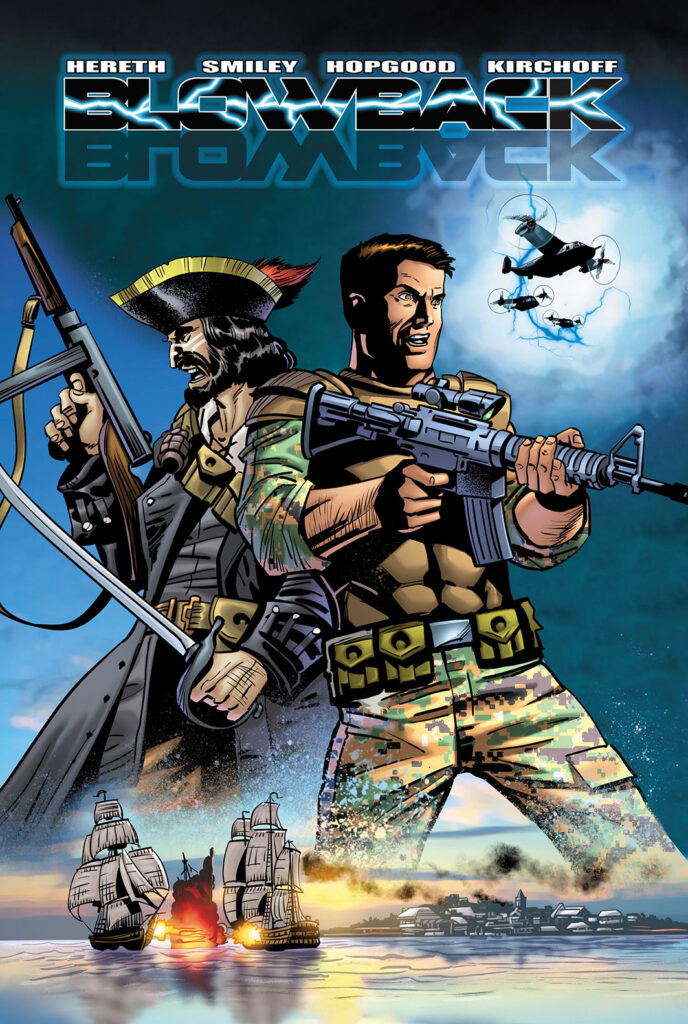
Jim Hereth‘s latest project is his debut action/adventure graphic novel, Blowback, available now at Amazon and comiXology.
![[TEXTSMITH] BLOG](https://blog.jameshereth.com/wp-content/uploads/2016/07/cropped-cropped-BulbsPlus.jpg)